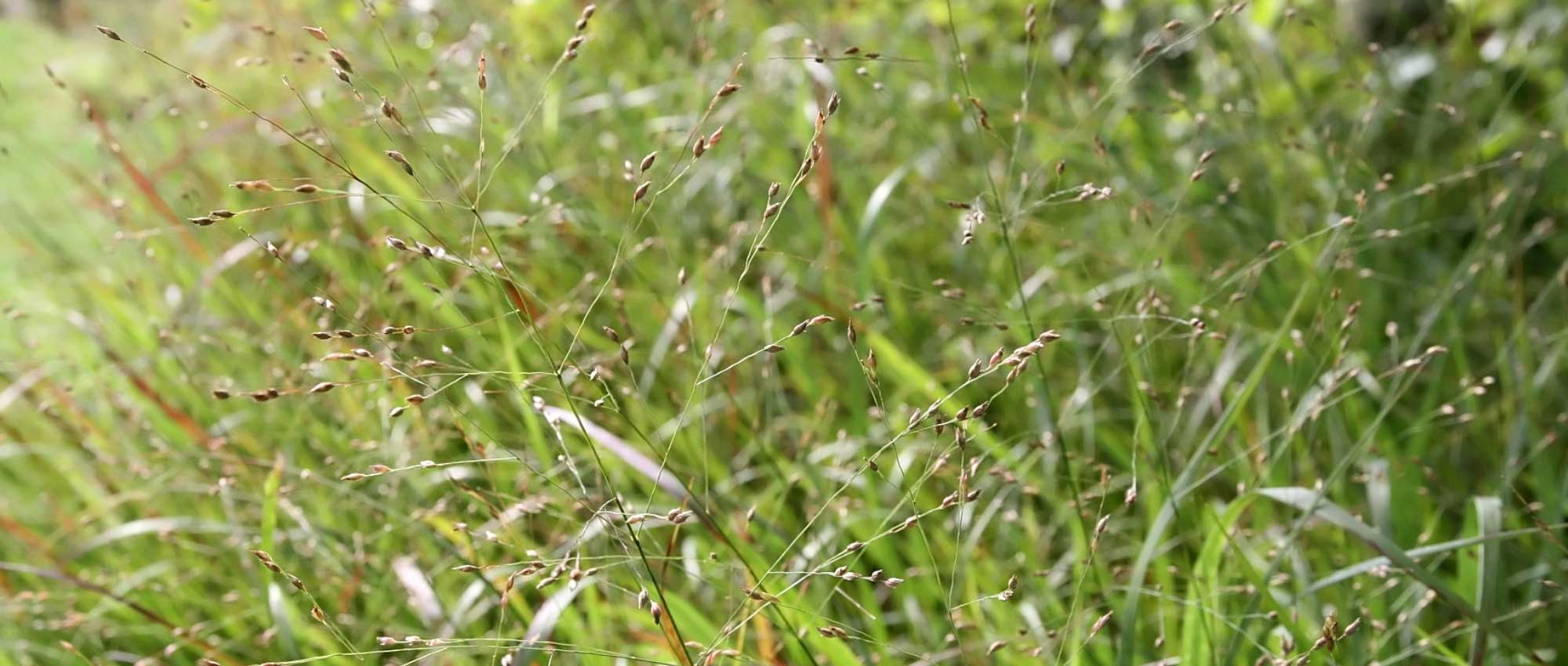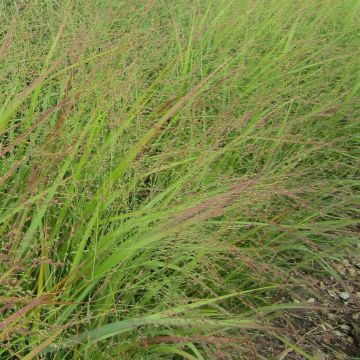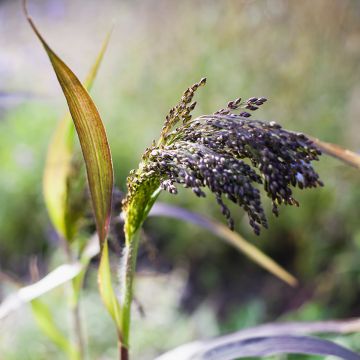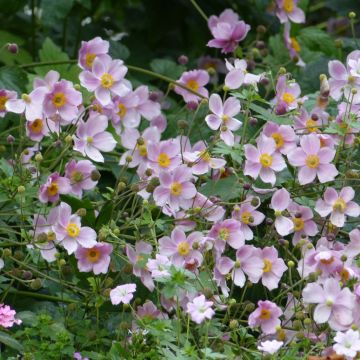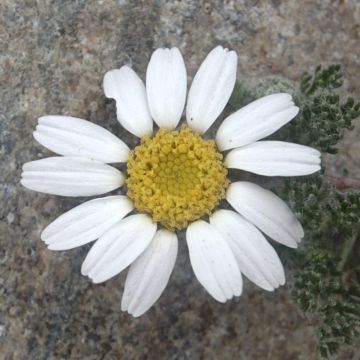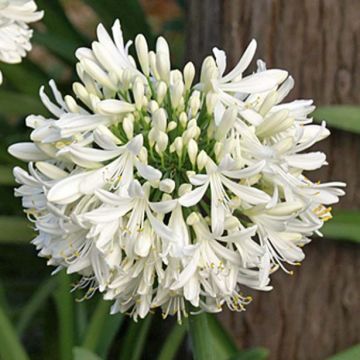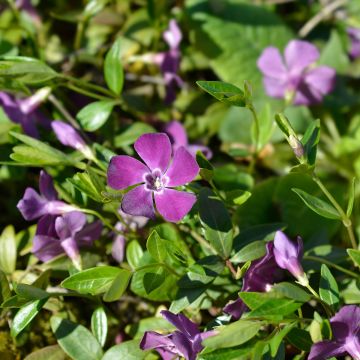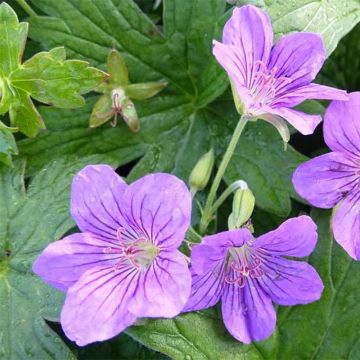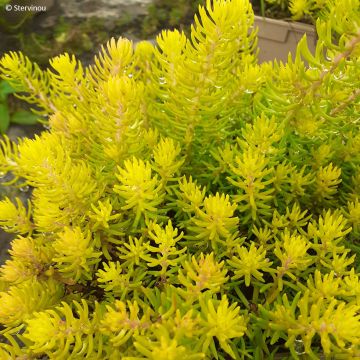

Panicum virgatum Oxblood Autumn


Panicum virgatum Oxblood Autumn
Panicum virgatum Oxblood Autumn
Panicum virgatum Oxblood Autumn
Special offer!
Receive a €20 voucher for any order over €90 (excluding delivery costs, credit notes, and plastic-free options)!
1- Add your favorite plants to your cart.
2- Once you have reached €90, confirm your order (you can even choose the delivery date!).
3- As soon as your order is shipped, you will receive an email containing your voucher code, valid for 3 months (90 days).
Your voucher is unique and can only be used once, for any order with a minimum value of €20, excluding delivery costs.
Can be combined with other current offers, non-divisible and non-refundable.
Home or relay delivery (depending on size and destination)
Schedule delivery date,
and select date in basket
This plant carries a 12 months recovery warranty
More information
We guarantee the quality of our plants for a full growing cycle, and will replace at our expense any plant that fails to recover under normal climatic and planting conditions.
Would this plant suit my garden?
Set up your Plantfit profile →
Description
Panicum virgatum 'Oxblood Autumn' is a variety of switchgrass whose foliage changes colour between summer and autumn. It is a medium-sized perennial grass with leaves that gradually turn shades of burgundy and dark purple towards the end of the season. Its hazy flowering adds extra charm to this fully hardy and easy-to-grow grass.
Panicum virgatum belongs to the Poaceae family. It once dominated the fertile plains of the American Midwest, providing valuable fodder for the immense herds of wild bison. The 'Oxblood Autumn' variety is a more compact and colourful form of this non-running rhizomatous plant. It forms clumps of long, ribbon-like leaves that are initially a fairly bright green. In August, they turn red from their tips. They are marked by a stiffer central vein, helping the foliage maintain its arching and flexible habit while preventing it from bending under rain. When fully grown, it will reach approximately 90cm (35in) in height and 60cm (24in) in width, depending on growing conditions. Flowering occurs from August to October. Tufts of foliage emerge from long, stiff stems bearing feathery plumes measuring 30 to 40cm (12 to 16in) in length, made up of countless small flowers that give the inflorescence a plume-like appearance. The colour of the flowers changes over time, transitioning from reddish-purple to brown, and then to straw yellow. The foliage colouration is more intense when there are significant temperature fluctuations between day and night. The vegetation starts quite late in spring.
Adapted to extreme conditions, panicum can withstand anything: severe summer drought, heat, cold, and waterlogged soils. It is versatile and adapts to many situations in the garden, as well as in containers. This beautiful non-suckering variety fits in well among perennial plants or bushes and along pathways, where it adds beautiful touches of colour and lightness. It pairs well with other medium-sized grasses in a minimalist or refined setting. It also works well with shrubby salvias, dwarf blue foliage conifers, and sun-loving ground cover perennials.
The deep root system of Panicum virgatum helps to loosen compacted soils, protecting them in winter and enriching them with organic matter. This characteristic is used on a large scale, as it helps other plants or crops to grow on inhospitable soils where it would not have been possible before. Once considered a weed to be eradicated from fields in North America, P. virgatum is now seen as useful for the restoration or conservation of vulnerable or degraded soils. Its extensive root system, size, and late vegetative growth protect the soil from erosion by water and wind, without blocking the necessary sunlight for other spring species.
Panicum virgatum Oxblood Autumn in pictures
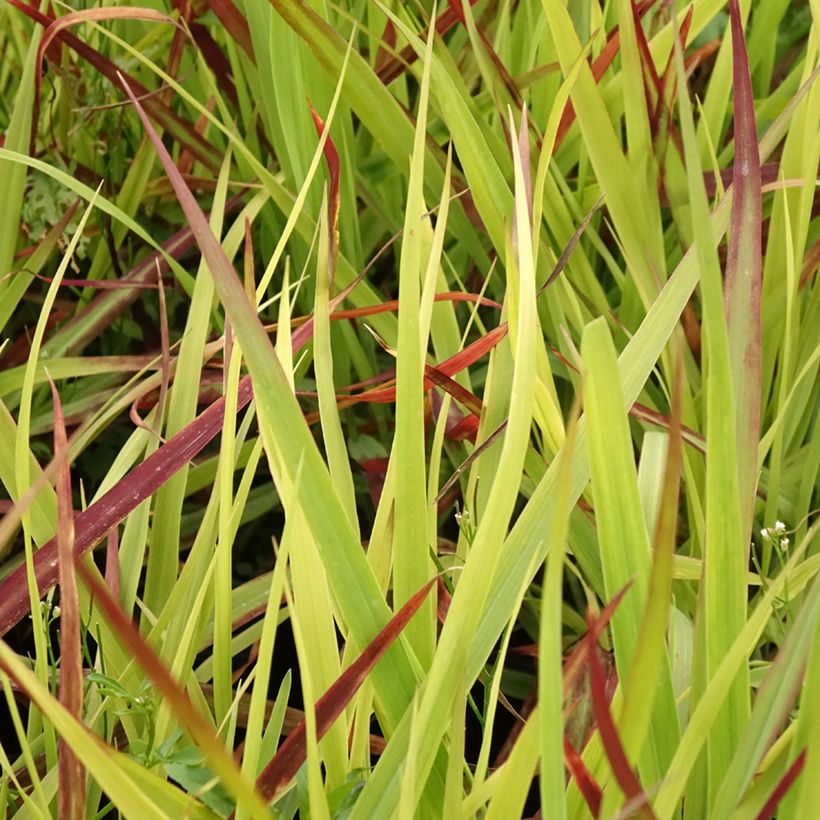

Flowering
Foliage
Plant habit
Botanical data
Panicum
virgatum
Oxblood Autumn
Poaceae
Cultivar or hybrid
Other Panicum
View all →Planting and care
Plant in fertile, deep, moist to dry soil. It will tolerate clayey or limestone soil. It can grow in soil that is dry in summer. Place it in full sun. It is not afraid of strong frosts. It also thrives very well in mild regions, and can go without watering once well rooted.
Planting period
Intended location
Care
Planting & care advice
This item has not been reviewed yet - be the first to leave a review about it.
Similar products
Haven't found what you were looking for?
Hardiness is the lowest winter temperature a plant can endure without suffering serious damage or even dying. However, hardiness is affected by location (a sheltered area, such as a patio), protection (winter cover) and soil type (hardiness is improved by well-drained soil).

Photo Sharing Terms & Conditions
In order to encourage gardeners to interact and share their experiences, Promesse de fleurs offers various media enabling content to be uploaded onto its Site - in particular via the ‘Photo sharing’ module.
The User agrees to refrain from:
- Posting any content that is illegal, prejudicial, insulting, racist, inciteful to hatred, revisionist, contrary to public decency, that infringes on privacy or on the privacy rights of third parties, in particular the publicity rights of persons and goods, intellectual property rights, or the right to privacy.
- Submitting content on behalf of a third party;
- Impersonate the identity of a third party and/or publish any personal information about a third party;
In general, the User undertakes to refrain from any unethical behaviour.
All Content (in particular text, comments, files, images, photos, videos, creative works, etc.), which may be subject to property or intellectual property rights, image or other private rights, shall remain the property of the User, subject to the limited rights granted by the terms of the licence granted by Promesse de fleurs as stated below. Users are at liberty to publish or not to publish such Content on the Site, notably via the ‘Photo Sharing’ facility, and accept that this Content shall be made public and freely accessible, notably on the Internet.
Users further acknowledge, undertake to have ,and guarantee that they hold all necessary rights and permissions to publish such material on the Site, in particular with regard to the legislation in force pertaining to any privacy, property, intellectual property, image, or contractual rights, or rights of any other nature. By publishing such Content on the Site, Users acknowledge accepting full liability as publishers of the Content within the meaning of the law, and grant Promesse de fleurs, free of charge, an inclusive, worldwide licence for the said Content for the entire duration of its publication, including all reproduction, representation, up/downloading, displaying, performing, transmission, and storage rights.
Users also grant permission for their name to be linked to the Content and accept that this link may not always be made available.
By engaging in posting material, Users consent to their Content becoming automatically accessible on the Internet, in particular on other sites and/or blogs and/or web pages of the Promesse de fleurs site, including in particular social pages and the Promesse de fleurs catalogue.
Users may secure the removal of entrusted content free of charge by issuing a simple request via our contact form.
The flowering period indicated on our website applies to countries and regions located in USDA zone 8 (France, the United Kingdom, Ireland, the Netherlands, etc.)
It will vary according to where you live:
- In zones 9 to 10 (Italy, Spain, Greece, etc.), flowering will occur about 2 to 4 weeks earlier.
- In zones 6 to 7 (Germany, Poland, Slovenia, and lower mountainous regions), flowering will be delayed by 2 to 3 weeks.
- In zone 5 (Central Europe, Scandinavia), blooming will be delayed by 3 to 5 weeks.
In temperate climates, pruning of spring-flowering shrubs (forsythia, spireas, etc.) should be done just after flowering.
Pruning of summer-flowering shrubs (Indian Lilac, Perovskia, etc.) can be done in winter or spring.
In cold regions as well as with frost-sensitive plants, avoid pruning too early when severe frosts may still occur.
The planting period indicated on our website applies to countries and regions located in USDA zone 8 (France, United Kingdom, Ireland, Netherlands).
It will vary according to where you live:
- In Mediterranean zones (Marseille, Madrid, Milan, etc.), autumn and winter are the best planting periods.
- In continental zones (Strasbourg, Munich, Vienna, etc.), delay planting by 2 to 3 weeks in spring and bring it forward by 2 to 4 weeks in autumn.
- In mountainous regions (the Alps, Pyrenees, Carpathians, etc.), it is best to plant in late spring (May-June) or late summer (August-September).
The harvesting period indicated on our website applies to countries and regions in USDA zone 8 (France, England, Ireland, the Netherlands).
In colder areas (Scandinavia, Poland, Austria...) fruit and vegetable harvests are likely to be delayed by 3-4 weeks.
In warmer areas (Italy, Spain, Greece, etc.), harvesting will probably take place earlier, depending on weather conditions.
The sowing periods indicated on our website apply to countries and regions within USDA Zone 8 (France, UK, Ireland, Netherlands).
In colder areas (Scandinavia, Poland, Austria...), delay any outdoor sowing by 3-4 weeks, or sow under glass.
In warmer climes (Italy, Spain, Greece, etc.), bring outdoor sowing forward by a few weeks.






























